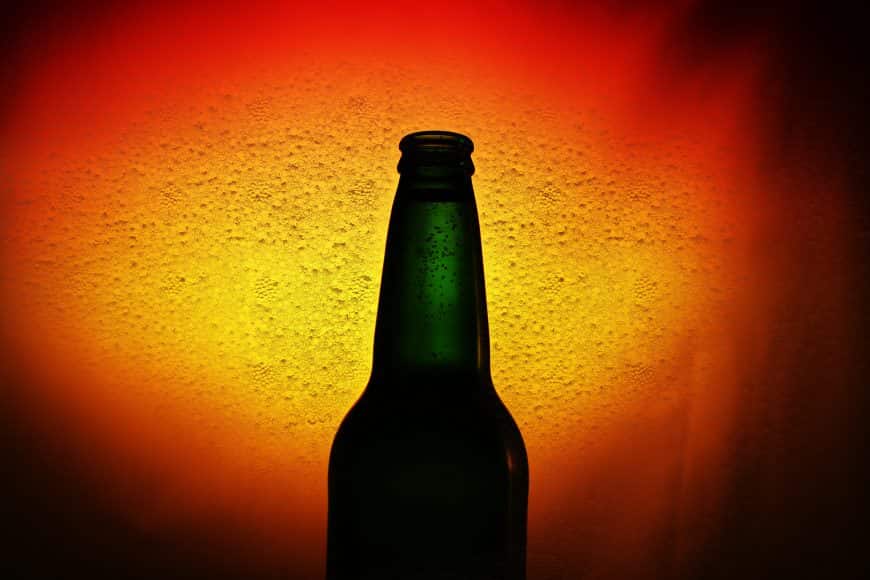What was the alcohol industry like in 2023? Producers had to navigate challenging and problematic economic conditions. Meanwhile, consumers increasingly embraced a more conscious approach to alcohol selection and consumption, moving toward NoLo (“No or Low” alcohol beverages) or premium products. What will the coming months bring?
Jakub Gromek, General Director of Mazurska Manufaktura S.A., a producer of craft spirits and regional beer, talks about the recent months in the alcohol market, as well as trends and challenges for 2024.
Development challenge in difficult times
During the past year, alcohol producers experienced further cost increases associated with running their businesses. In addition to excise duty hikes, production costs, raw material costs, packaging costs and personal costs also increased. We still feel the effects of the pandemic and the war in Ukraine in the industry. In the first half of the year, we also faced high inflation levels. Moreover, while the overall value of the alcohol market slightly increases year by year, it is not associated with increased sales. The increases primarily result from necessary price increases.
Development and building profitability in such demanding economic conditions was a significant challenge last year, especially for small producers. Furthermore, the purchasing power of consumers declined, making it difficult to predict their purchasing behaviors in recent months.
Consolidation on the rise
Consolidation was a slogan that illuminated the alcohol market last year. In August, one of the largest players in the Polish market, Stock Spirits Group, acquired Polmos Bielsko-Biała. CEDC’s founder also announced further market consolidation. Consolidation efforts were carried out by our company. Throughout the year, we continued the consolidation process of local alcohol producers with wholesale and distribution representatives in various regions of Poland.
From our perspective, consolidation and cooperation are recipes for the challenging economic conditions we must operate in since the outbreak of the pandemic. Through consolidation, we expand our product portfolio and enhance our offering, which is particularly critical in the context of negotiations with retail chains. I believe the next year will bring further consolidation movements among both larger and smaller players in the alcohol market.
No change: 0% alcohol trend
Recent months have clearly shown an ongoing interest in low- and non-alcoholic beverages. According to the CIN&CIN report “Freewolucja. Alcohol consumption 0% in Poland”, 60% of respondents admitted to consciously reducing their alcohol intake in favor of NoLo beverages. This, in turn, drives sales in categories like beer. For example, according to NielsenIQ data, the production of non-alcoholic beer increased by a whopping 12.6% in May compared to the previous year.
Another noticeable trend is the rise in premium alcohol consumption. This trend towards premiumization is also an effect of increasing consumer awareness and shifts in drinking culture. We drink less frequently, in smaller quantities, and prioritize tasting and savoring our drinks. We also shop for alcohol in a more selective manner, paying attention to its ingredients, origin and producers.
Cocktails for 2024
A good reflection of alcohol market trends in a given year can often be found in the cocktails served in bars and restaurants. For instance, 2023 saw the return of classic 90s cocktails in modernized versions. Coffee also reigned supreme with proposals like espresso martini and cold brew negroni.
Looking into 2024, bartenders predict the increasing popularity of flavors and additions straight from Asia, such as ginger and lemongrass. Mocktails and vegan drinks will continue growing in popularity too. We also hear a lot about the sensory experience associated with consuming cocktails. Bartenders are leaning towards unusual techniques and additives, like dry ice, flaming elements, and changing cocktail colors.
With Western markets setting the trend, ready-to-drink (RTD) cocktails, hugely popular in the United States, are set to rise in popularity in Poland, where there’s still a market niche to be filled.
